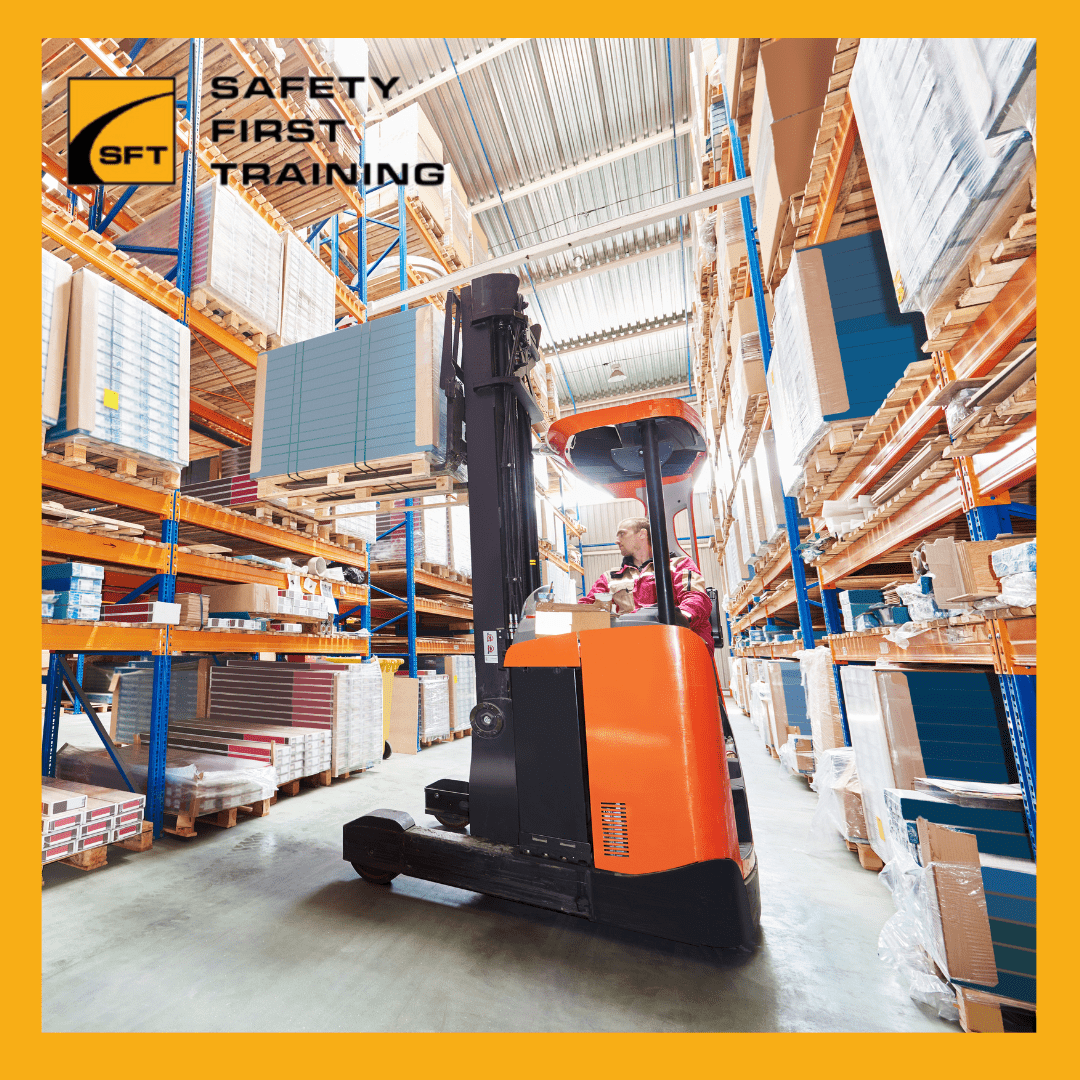STAND UP REACH FORKLIFRT TRAININ AND CERTIFICATION
Our Stand Up Reach Forklift Training is tailored to meet the specific needs of your business and complies with all relevant provincial and federal safety regulations. This course is ideal for new operators or as a recertification for experienced operators.
Training is conducted by our certified instructors at your facility or one of our training centers. Upon successful completion, participants will receive a certificate of competency, valid for three years, as required by OHSA.
Training is offered around Southern Ontario including Toronto, Mississauga, Brampton, Markham, Vaughan, Richmond Hill, Oakville, Burlington, Whitby, Ajax, Pickering, Milton, Oshawa, Newmarket, Aurora, Caledon, Halton Hills, King, East Gwillimbury, and Georgina.
Stand Up Reach Forklift Certification Pricing - Special Discounts and Preferred Pricing Offered, Contact Us Directly
Stand Up Reach Forklift Certification Pricing: Experienced Operator 3 – 5 hours
1-3 Participants: $619.00/Session
4-5 Participants: $859.00/Session
6-10 Participants: $1,329.00/Session
Stand Up Reach Forklift Certification Pricing: New Operator 5 – 8 hours
1-3 Participants: $799.00/Session
4-5 Participants: $1,099.00/Session
6-10 Participants: $1,539.00/Session
Mixed Experienced Classes also offered
Duration
Up to 8 hours depending on participants experience level and class size
Assessment
A passing grade of 75% is required in order to receive a certificate
Completion
Upon successful completion of this course, participants will receive a wall certificate and wallet card for their records
Stand Up Reach Forklift Course Outline
1. Introduction to Stand Up Reach Forklift Operation
Overview of forklift types and uses
Key components of a stand-up reach forklift
2. Legislative Requirements
Review of OHSA and CSA standards
Employer and operator responsibilities
3. Pre-Operational Inspections
Checklist for daily equipment inspections
Identifying and reporting hazards
4. Safe Operating Practices
Maneuvering in confined spaces
Stability principles and load handling
Operating on inclines and uneven surfaces
5. Worksite Safety
Pedestrian awareness and communication
Emergency procedures and response
6. Hands-On Practical Training
Controls and operation skills
Loading and unloading techniques
Safe parking and shutdown procedures
7. Evaluation and Certification
Written knowledge test
Practical operator performance evaluation
Operators must be trained
Forklift operators must be professional trained and hold a valid training certificate.
Safety clothing must be worn.
Operators must appropriate workplace safety wear as outlined by their employer and may include a hard hat, safety shoes and a hi-visibility vest.
Don’t operate any of the controls if your hands have grease on them, this may cause slippage on the control and possible accidents.
Inspect equipment before every use
Operators must do a pre-operational check before every shift. The basics defects to look for are steering, brakes, controls, warning devices, tires and mast.
If any defects are noticed, a supervisor must be notified and the forklift must be tagged and removed from service until a qualified technician can repair it.
Starting the forklift
Operator must use the steps and hand grabs to seat and position themselves correctly in the forklift.
Ensure all controls are in reach and the seat position and mirrors are adjusted to the operator’s requirements.
The operator must not start the forklift until they are seated properly with the safety belt fastened and all body parts are inside the cabin of the forklift.
The workplace environment
When operating the machine, you must always follow the workplace rules and regulations.
Observe and adhere to all load and clearance signage.
Always be aware of load height, mast and overhead guard of the machine when entering or exiting buildings.
Use caution when operating a forklift near the edge of a loading dock and always keep a safe distance from the edge.
Operate at safe speeds
Always obey worksite speed limit.
Maneuver corners and turns slowly to reduce risk of tipping.
Make all changes of direction and stops slowly and gradually.
Hazard avoidance
Avoid bumps or uneven ground surfaces along with slippery conditions.
Avoid loose ground objects which could cause loss of control or a load to shift.
Horn use is required when approaching a corner, doorway or entrance and near pedestrians or other machine operators.
Keep a safe distance from other working forklifts.
Always allow yourself enough space to stop safely.
Load stability
Always check the load for stability and damage prior to moving.
Loads must be tilted back with the forks sitting low while moving a load to increase stability.
Always check for any overhead objects to avoid accidental contact.
Do not lift or move loads that are not safe or stable or too heavy for the machine capabilities.
Loads must be correctly stacked and positioned across both forks.
Clear visibility
Only operate the forklift in reverse when it can improve visibility, except when moving up ramps.
Ensure you can see the racking clearly in which you are removing or placing your load.
In some circumstances you may need a lookout helper to assist you if visibility is poor.


